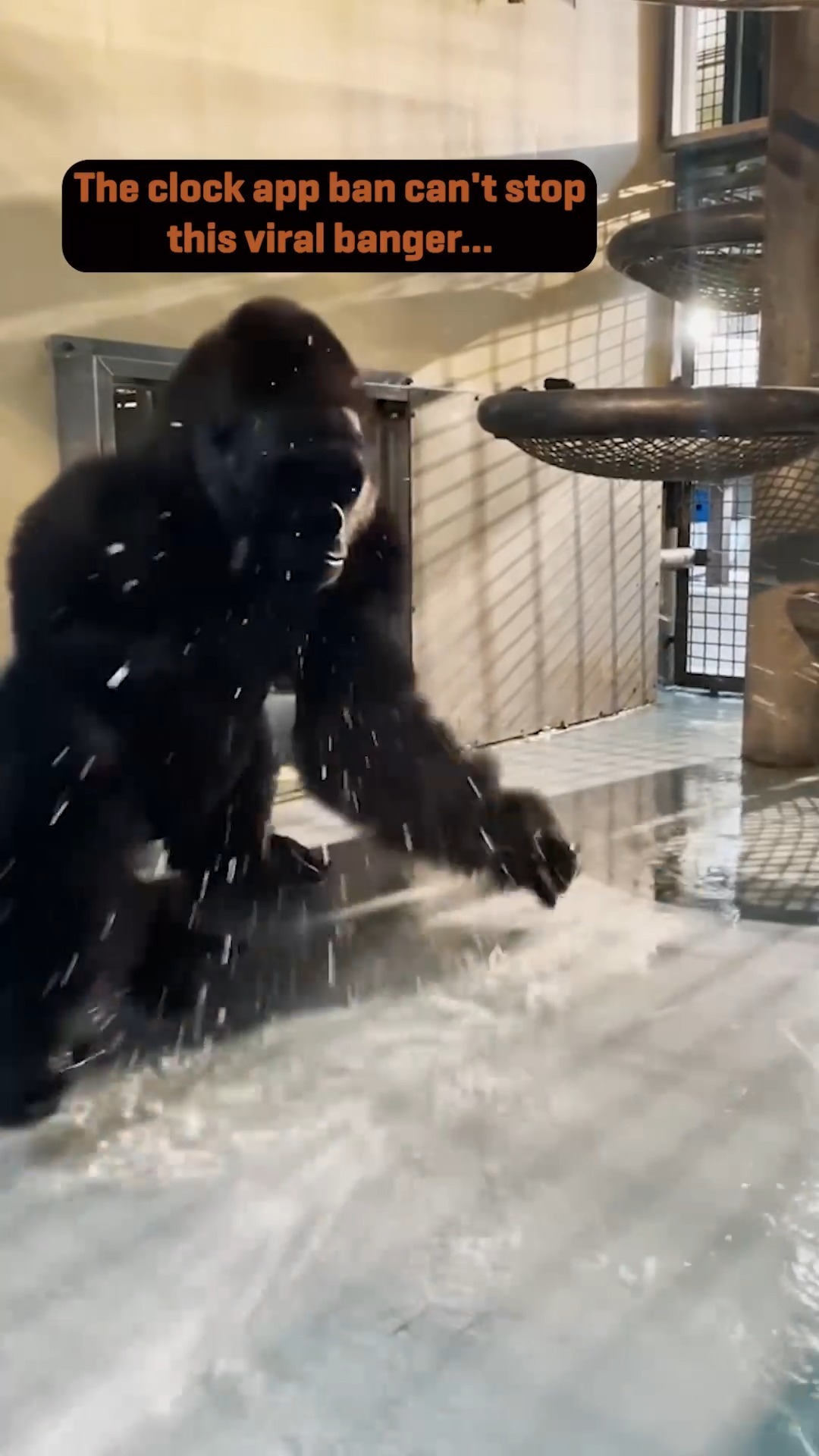- Introduction to the significance and impact of social media on wildlife conservation and public education.
- The role of viral videos in raising awareness and influencing public perception about wildlife.
- Zoological institutions’ efforts to utilize digital platforms for educational outreach and conservation messaging.
- Detailed analysis of a case study: how a viral video can enhance engagement and support for wildlife initiatives.
- The future prospects and challenges of using digital media for conservation work.
The evolution of digital technologies and social media platforms has significantly transformed various fields, including wildlife conservation and education. As human societies increasingly interact with the digital world, such platforms have become pivotal in shaping public awareness and attitudes towards wildlife conservation. Instagram reels, short-form videos, and the use of social media as educational tools have emerged as powerful conduits for disseminating conservation messages to diverse audiences. When we anticipate a time when major social media platforms might fade, preserving impactful content, like a viral video about wildlife, becomes crucial.
One of the primary impacts of social media in wildlife conservation is its role in spreading awareness. Viral videos have emerged as a potent method for engaging millions, instantly capturing attention, and conveying significant information about biodiversity. These videos can transform complex scientific data into accessible narratives, making them relatable to audiences with little to no scientific background. With visual storytelling, emotions and critical issues are blended, creating a lasting impression that encourages further exploration and interest in wildlife matters.
For zoological institutions, the utilization of digital platforms has offered unprecedented opportunities to engage and educate the public. Zoos and aquariums have traditionally been spaces for learning and conservation initiatives. Today, these institutions are extending their mission beyond physical boundaries, leveraging platforms like Instagram to reach wider audiences. By sharing content showcasing animal behavior, new conservation projects, or simply the day-to-day care within zoo management, these digital avenues build a connection that enhances public understanding and support.
A compelling example can be found in the instance of a popular viral video that captivated the public’s imagination. For instance, a video documenting a unique feeding or behavioral aspect of an exotic species can generate millions of views within days. This not only raises the profile of that species but also highlights the conservation challenges it faces. Such impactful exposure often translates into increased support for related conservation efforts, whether through donations, volunteer support, or heightened advocacy for wildlife protection legislation.
Behind the success of these videos and content lies careful planning and execution by zoological and wildlife management professionals. When crafting social media content, these professionals prioritize accuracy and educational value, ensuring that the public receives quality information that respects both the animals and environmental ethics. The transformation of raw data into engaging content requires not only a deep knowledge of zoology and animal behavior but also expertise in digital communication strategies. As such, the combination of these skill sets produces content that is both enlightening and visually arresting.
Looking towards the future, digital media will likely play an increasingly significant role in wildlife conservation. The shift towards digital platforms comes with its unique set of challenges. These include managing the accuracy of information shared, countering misinformation, and dealing with the ephemeral nature of online content. These challenges require ongoing adaptation and innovation by conservation professionals to maintain the effectiveness of their messaging.
Furthermore, as emerging technologies continue to evolve, the potential to reach even broader audiences expands. Innovations such as virtual reality tours of preserved habitats, interactive educational apps, and augmented reality experiences can offer new ways to engage with conservation education more intimately. These developments could redefine how digital platforms contribute to conservation efforts.
While the future landscape of social media and online content is dynamic and somewhat unpredictable, its current role in influencing public perception and action concerning wildlife conservation is undeniable. Viral video content is a testament to the power of innovative digital communication and its ability to drive societal change in favor of the natural world. As such, it remains a valuable tool in the educator’s arsenal, promoting greater awareness and understanding as we collectively work towards a more sustainable future for our planet.
*****
Source Description
Leaving our most viral video right here in case the clock app disappears… 👀


